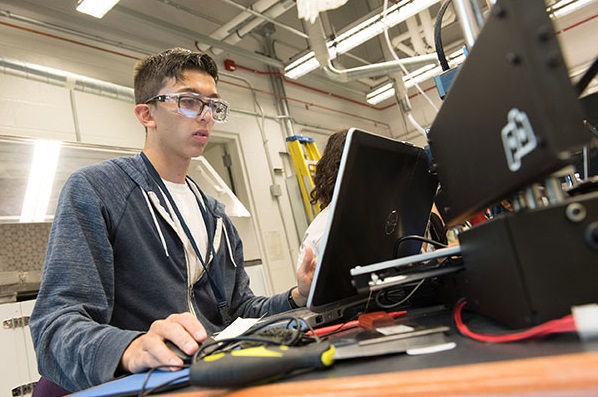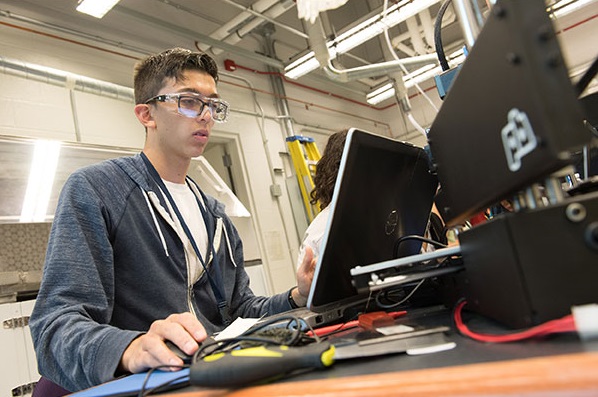Researchers provide the emerging designs that show how learning can be enhanced by technology in the future.
A new paper by the Center for Innovative Research in Cyberlearning (CIRCL) has revealed six emerging trends in the area of learning sciences and computer science, and three advancing methods to study and improve these learning designs.
The CIRCL supports projects in the field of cyberlearning, “a field that seeks to integrate emerging technology capabilities and learning sciences insights to address the pressing needs to increase learning in science, technology, engineering, and mathematics.”
In the paper “Cyberlearning Community Report: The State of Cyberlearning and the Future of Learning With Technology”, researchers provide the emerging designs (or genres) that show how learning can be enhanced by technology in the future.
The six emerging designs are:
- Community mapping. Using mobile, geospatial tools for learning in context at the scale of a neighborhood, community, or city.
- Expressive construction. Computing as a creative literacy, focusing on students’ expressiveness, ability to represent STEM ideas, and sharing of emerging understandings.
- Digital performance spaces. Immersive, participatory, social investigations of simulated scientific phenomena that appear to be occupying the entire space of the classroom.
- Virtual peers and coaches. Agents that use verbal and nonverbal communication to establish rapport with a student and thereby support engagement in explaining STEM concepts.
- Remote scientific labs. Students control real scientific equipment at a distance, learning about science with authenticity and support.
- Collaborative learning with touch interfaces. Expanding collaborative learning via multitouch interfaces on tabletop, tablet and mobile computers.
The advancing methods to study and improve these designs are:
- Multimodal analysis. Integrating multiple streams of data, such as audio, video, eye gaze, sensors, and clickstream data.
- Analytics for assessment. Measuring student learning as they use games and other online experiences to inform teachers and increase learning across different types of experiences.
- User and community centered design. Engaging users and community members in the design process to make learning tools more attractive, useful, and effective.
Go to this website to read the full report.
This article from Observatory of the Institute for the Future of Education may be shared under the terms of the license CC BY-NC-SA 4.0 
)
)


)